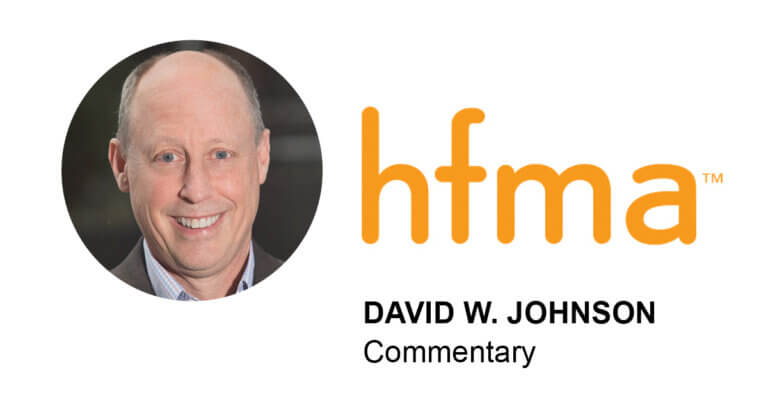June 2, 2021

A Needed Reality Check on Seniors’ Use of Telemedicine
I have a mother. She turns 83 in August. And let me tell you, talking to her over the phone and visiting with her in person are two completely different things, especially to her. No number of phone calls can equal even one in-person visit with her favorite (OK, only) son.
I’m getting that same vibe about seniors and telehealth and telemedicine—telehealth being the broad term that covers any form of electronic health-related communication between a patient and a provider and telemedicine being the narrow term that defines medical care offered electronically by a provider to a patient. I think most seniors prefer to visit with their favorite primary-care doctor (OK, only) in person.
That preference is getting lost in all the venture capital-funded euphoria over telehealth, telemedicine, virtual care and digital health technology. It’s not that most seniors don’t know how to use technology. It’s that most senior don’t want to use technology to see their doctor even if they could.
A recent issue brief from the Kaiser Family Foundation provided a much-needed reality check on this topic to all the innovators, disruptors, entrepreneurs, start-ups and revolutionaries out there. You can download the issue brief here.
The brief is based on a KFF analysis of Medicare beneficiaries’ use of telehealth services during the peak of the COVID-19 pandemic in 2020. The analysis is based on data from a CMS survey of a representative sample of nearly 10,000 beneficiaries.
What KFF’s analysis found might make a venture capital fund manager put his or her wallet back in their pocket or purse. Here are some findings that popped out at me like the numbers in a deck of low-vision playing cards:
- 23 percent of the beneficiaries said they didn’t know if their provider offered telehealth appointments
- 27 percent of the beneficiaries said they had a telehealth appointment with their provider
- 28 percent of the beneficiaries who said they had a telehealth appointment with their provider did so by video
- 33 percent of the beneficiaries said they knew their provider offered telehealth appointments but didn’t have one
- 56 percent of the beneficiaries who said they had a telehealth appointment with their provider did so by phone
So, the headline for me is: “Nearly three-quarters of Medicare beneficiaries didn’t use telehealth even during the peak of the pandemic with one-third not accessing their provider’s telehealth service even though they could, and the more than half of those who did used the telephone.”
I know that’s long for a headline, but I’m trying to make a point.
The most interesting finding is the telephone. Yes, it’s technically telehealth. But they essentially called their doctor, or their doctor called them. Hardly innovative or disruptive.
We talk a lot about the digital divide, which primarily is about the lack of access to technology and Wi-Fi service for the most vulnerable patient populations who we assume want them. As this KFF brief shows, there’s another aspect to the digital divide, and that’s the seniors who don’t want any part of telehealth, telemedicine or whatever you youngsters call it.
They just want you to call them. Better yet, see them in person.
Thanks for reading.
To learn more about this topic, please read “Embracing the Digitally Disconnected Patient” on 4sighthealth.com.





